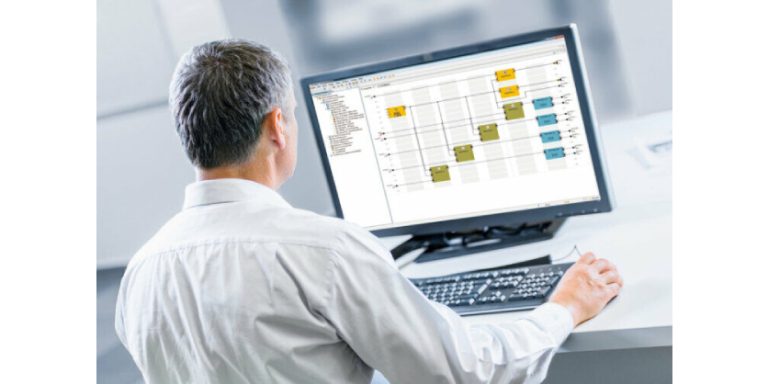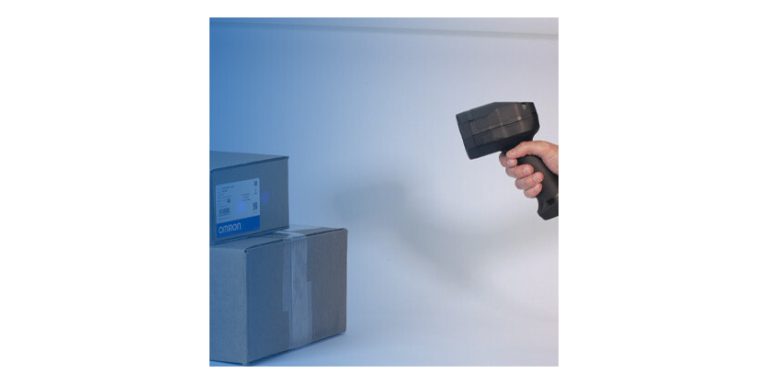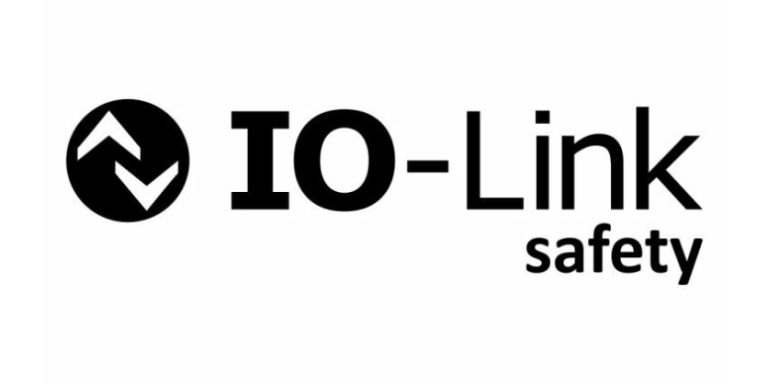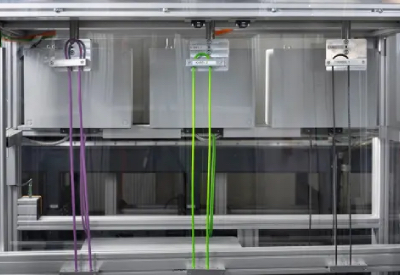How ExTech Borescopes Solve Inspection Challenges
June 28, 2024
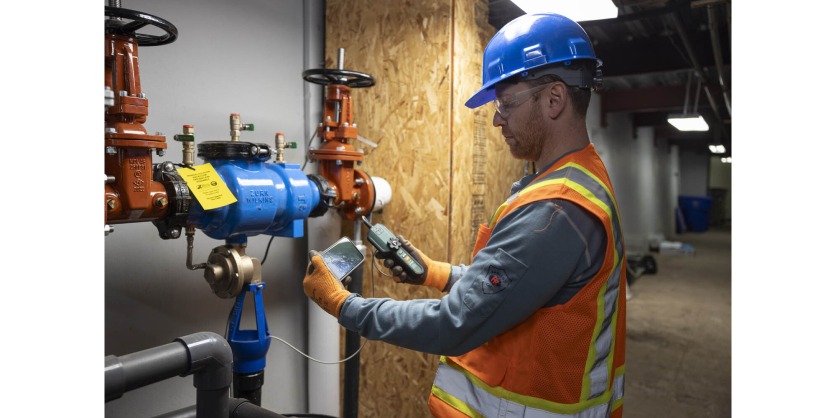
By Rob Milner, Questions by Krystie Johnston
FLIR recently announced the release of the Extech BR450W Series of video borescopes for inspecting difficult-to-reach targets. The two models (the BR450W-D Dual HD Wireless and BR450W-A2 Two-Way Articulating Wireless) offer several features to address the challenges of viewing restricted targets. Rob Milner, Director Global Business Development for FLIR Condition Monitoring products, discusses this topic in more detail.
Can you tell us a bit about who you are and what you do at FLIR?
My name is Rob Milner, Director Global Business Development for FLIR Condition Monitoring products. I have a long history with FLIR working with industrial customers to create condition monitoring programs built primarily around thermal imaging as a technology, but more recently expanding this to include acoustic imaging and our test and measurement tools.
These days I monitor global trends and spend time with clients asking questions to better understand their needs so that FLIR can develop solutions and services that meet those needs in the future.
What are borescopes used for? What do they measure and what industries are they typically used in?
Borescopes, also known as videoscopes, are specialized camera systems designed to perform inspections in difficult to access locations at close distances. They are used in many industries, usually to look for signs of damage to components.
Related industries include aerospace, power generation, paper and forestry products, and potentially all kinds of manufacturing.
Technicians use these tools to look for signs of wear and corrosion on mechanical components such as gearboxes in and around machines.
They are also used by building trades to look into walls, under floorboards and into attics and crawlspaces to find signs of moisture or pests.
Focusing on manufacturing and industrial automation applications, what are some of the challenges that end-users face when doing inspections or maintenance that a borescope can solve?
A lot of mechanical equipment needs inspection inside cavities or other hard to reach areas. A technician can often use a borescope to inspect components in these locations without needing to disassemble the equipment, which saves a lot of time and money and reduces the potential for damage caused by disassembly and reassembly.
That is time a technician can get back to perform other tasks or reduce the time a piece of equipment is offline for inspection. It is extremely valuable for companies.
Another challenge is accessing the equipment. There might be only very small openings providing access to the interior components, or the components may be awkwardly located. For this reason, some borescopes will have a variety of interchangeable probe designs to fulfill different specific use cases. Those probe options often include forward- or side-viewing cameras, two-way articulating probes, or additional sensing capabilities such as thermal imaging.
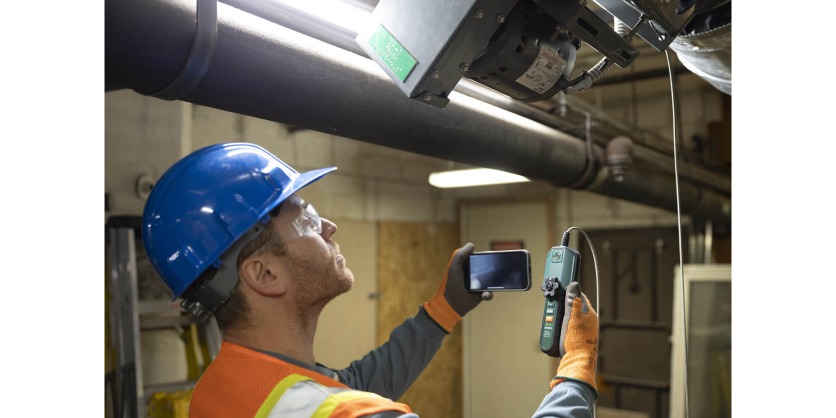
Where would an end-user want to use the BR450W-D Dual HD and where would they want to use the BR450W-AS Two-Way Articulating wireless borescope?
The Extech BR450W wireless borescope products come in two models, one with a standard probe and an articulating probe. Both are used for condition monitoring inspections, building inspections, and automotive inspections where one needs to get a visual camera through a small opening. The sizes are 5.5 mm in the case of the -D and 3.9mm for the -A2. Both transmit video wirelessly to a smartphone device using the FLIR ExView App.
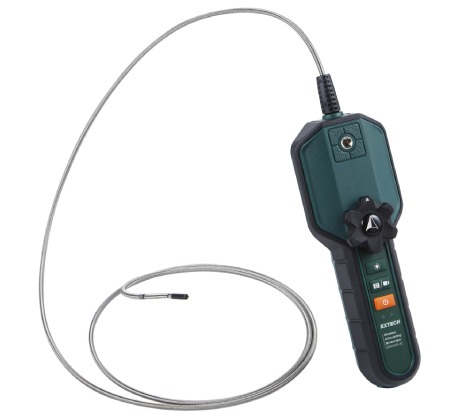
Where they differ is in the two-way articulation of the BR450W-A2 model. Probe head articulation allows the user to remotely adjust the camera head to look at different angles within a component. This can mean the difference between getting a job done and not getting it done, depending on the equipment being inspected.
I would like to learn more about the technology involved.
More details about the different types of articulations (the BR450W-AS is 2-way articulating; what is articulation for the BR450W-D?) and why is this important?
Articulation allows to see around corners or just more easily adjust the viewing angle within a cavity. Articulation can mean the difference between seeing and not seeing an issue.
More details about the camera (the BR450W-D has dual view and so does the BR450W-AS) why is this important?
A dual camera means there is one camera pointed forward and another pointed perpendicular to the first. This allows the user to see more issues in more locations within a cavity.
More details about the lighting (what kind of light is used? Can it be brightened or dimmed to improve visibility? Anything else about the lighting technology you can talk about?)
The Extech BR450 series use a dimmable LED light. Lights are needed for most borescope use cases because there typically require some source of light within the machine or cavity being inspected.
More details about the resolution (the BR450W-D has 1280 x 720 HD and so does the BR450W-AS) why is this important?
Camera resolution is about detail. Higher resolution enables a camera to see the small scratches, signs of wear, or other defects that may not be visible with lower resolution systems.
More details about the cable length and diameters. Why is 1.5m a good length for most applications? Is it because the cable becomes flaccid beyond that length, or is it because the image cannot be communicated clearly beyond that length, or is it just because most applications don’t need to inspect anything beyond that length? What about the cable diameter? I could not find that spec on the website and am curious to know what it is.
A cable length of 1.5 m is a balance between control over the camera probe head position and having a probe length long enough to perform the needed inspection. Having a very long probe can make the tool awkward to work with if not absolutely needed to do a particular job. Some of our videoscope tools have 25-meter probe lengths for plumbing applications, but one may not want to carry a spool on all jobs.
More details about the imaging software or the ExView app. What can it do? Videos and images? What does the software look like? How does it save projects? What image type is the default (JPEG, PNG, etc., and does this matter)?
Yes, the ExView App main purpose is to display video from the camera probe remotely, which provides the user with flexibility in how they can position the probe. At the same time, the app is capable of capturing still images and videos, along with audio annotation.
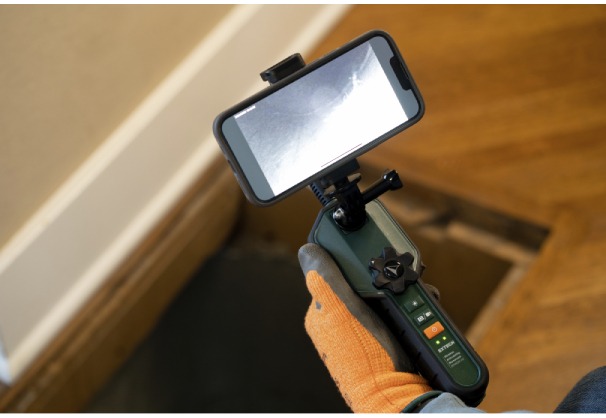
Does the borescope come with that gripper that looks like a selfie-stick or does the customer need to source that themselves?
I think you are referring to the cell phone holder adapter. Yes, that comes as part of the standard kit.
What advice can you give to someone who is looking for a borescope for their application? What are some tips you can provide for someone who is in the market to buy a borescope?
Carefully consider your needs prior to purchase. Write down all the equipment you want to inspect and track if the tool you are considering is capable of inspecting all of them. Also, consider the potential financial impact of being unable to inspect some of the equipment.
More Information
Related Story
FLIR’s Thermal Camera Technology: A Crucial Component in Industrial Settings
Thermal imaging technologies like the ones from FLIR improve safety, operational efficiency, and cost savings in many automated and industrial applications. By capturing the infrared radiation emitted by an object or process, thermal imaging identifies anomalies that warrant further investigation by experts. Today, thermography is more sophisticated and accessible than ever, making is easy for anyone to begin to benefit from this technology.


